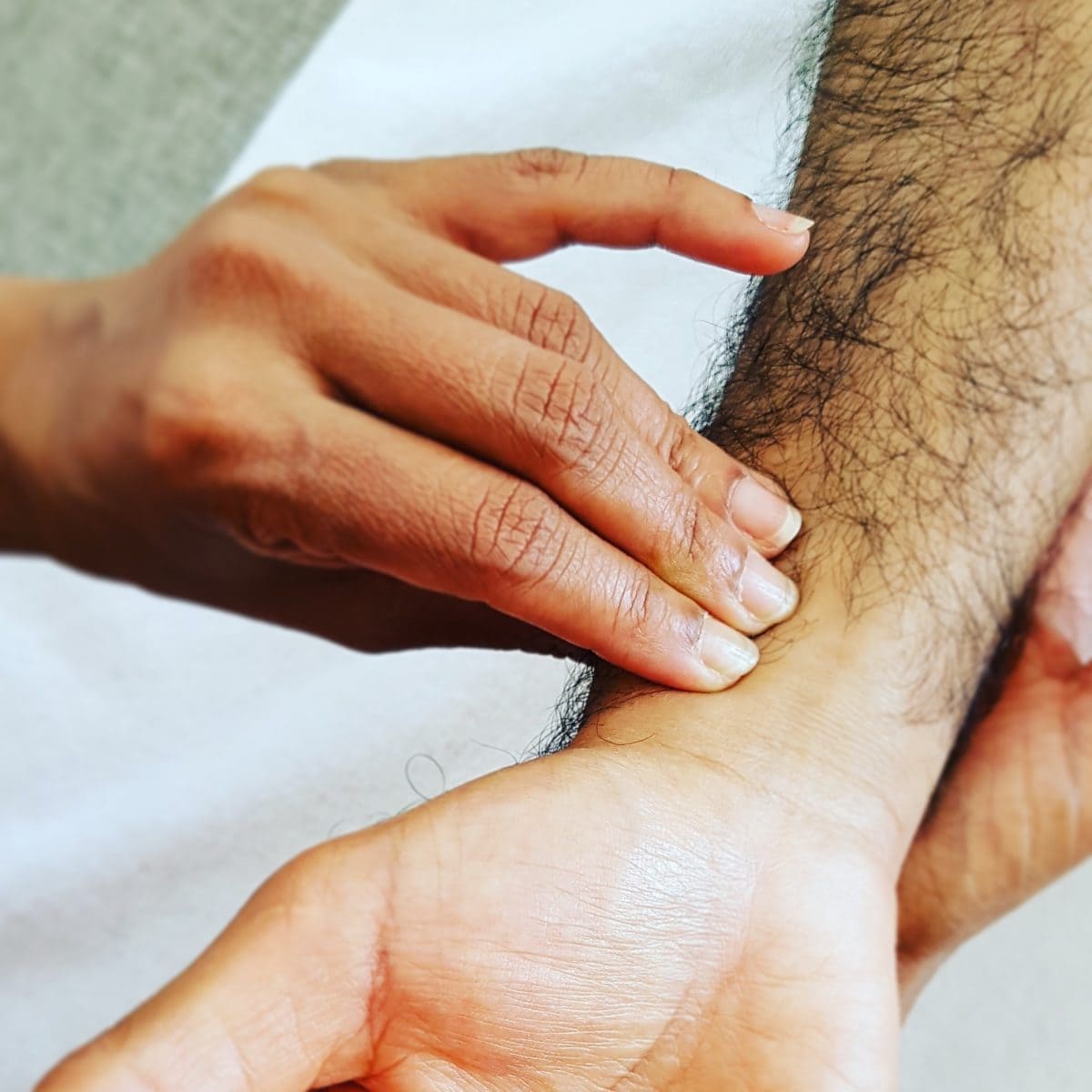
Diagnostic Techniques in Ayurveda
How does your Ayurvedic practitioner diagnose your problem?
When you visit a trained Ayurvedic practitioner, you would be asked a lot about your personal history – daily routine, diet, work, mental health and the medical history apart from the physical examination. Diagnosis is the important aspect in Ayurveda, since it treats the root cause of the disease and not just the symptoms. A customized approach towards each person, considering their external, internal, diet and lifestyle factors, an Ayurvedic practitioner identifies the imbalance in the dosha. He designs a treatment to cure not just the physical manifestation of the problem, but the disease itself.
Two divisions of examination –
- Roga Pariksha – diagnosis of disease and ailments
- Rogi Pariksha – diagnosis of progression of particular disease in a sick person.
There are methods and techniques employed in making an extensive examination of the disease and sick person. Ayurveda’s immediate objective is to relieve all living creatures from the clutches of disease. That’s why diagnosis of disease – Roga Pariksha – is given more importance than the principles of treatment and drugs.
Roga pariksha is knowledge of the following is necessary for the practitioner
- Nidana – Complete picture of etiology and causative factors of the disease.
- Purvaroop – Early signs and symptoms – before the condition of a complete disease.
- Rupa – signs and symptoms of a disease condition
- Upashaya – The dietetic and therapeutic steps taken to remove the confusion when the disease mixes with other symptoms.
- Samprapti – Pathogenesis of diseases.
In Rogi pariksha, examining a patient, following is outlined –
- Observation of physical findings –
- Darsana – inspection of patient
- Sparsana – palpation
- Srotra – Ausculation & percussion – listening to sounds.
- Ghrana – olfaction – smell
- Yukti – Experimentation and judgement by co-relation of factors
- Interrogation – getting patient’s history
- Comparision and contrast
- Inference – Anumana – inference after the findings in particular pathology of clinical, physical, chemical and physiological examination.
- Aptopadesa – validating cause and effect
- Ganita and Yantras – Mathematics and instruments
- Special examination of urine and blood. The nature if blood’s delay in clotting, agreeability to a dog or other pets, their reactions. In case of poisoning colour change etc.
- Ashta Sthana Pariksa – Eight-fold examination of
- Nadi – pulse
- Mootra – Urine
- Mala – Faecal matter
- Jihvu – tounge for its colour, movement, shape and taste
- Srotra – Ear for capacity of hearing
- Sparsa – skin for sense of touch, lusture, colour, temperament etc
- Dirg and Caksu – the Eye function, eye ball, normal colour, tghtness of lids, constriction of pupil etc.
- Akriti-the Facis – The patient’s face examined for emotional upset, grief, anger , fatigue or plethora, jaundice plumpiness, puffiness etc
- Ten fold examination of a patient –
-
- Prakriti constitution – general body constitution of the person
- Sara-Dhatu- Tissue studying – which is of best quantity and top vitality;
- Satwa – Temperament of whether a strong or fickle mind;
- Samhanana – nature of the build of the body
- Pramana – proportion in development if height, weight and other aspects.
- Vikruthi – pathological condition.
- Jarana Sakti – capacity of digestion of food
- Vyayama Sakti or Bala – ability for physical endurance and work
- Vayas or age
- Satmya – Nature of food taken
Examination of total person along with his circumstances and 48 other items are taken into consideration for the prognosis. All the physical, psychic, physiological and behavioral aspects are taken into consideration along with the climatic changes and environment.
Also for a perfect diagnosis in Ayurveda, one should know the status of
– Doshas – bodily constitution and imbalance,
– Dhatus- tissues and Srotas – channels through which energy is transmitted,
– Agni – the digestive fire and
– Ama – the undigested fat.
A perfect diagnosis is the right pathway to cure. Visit Ayurclinic and treat not only the physical manifestation of disease but its root cause.







